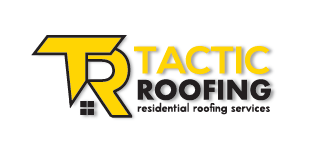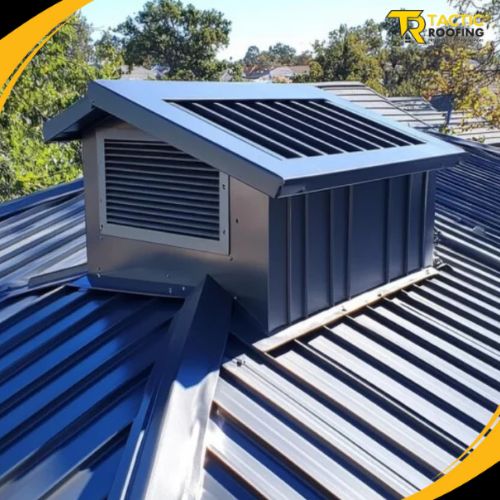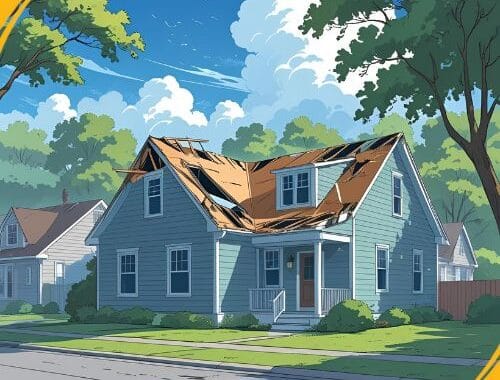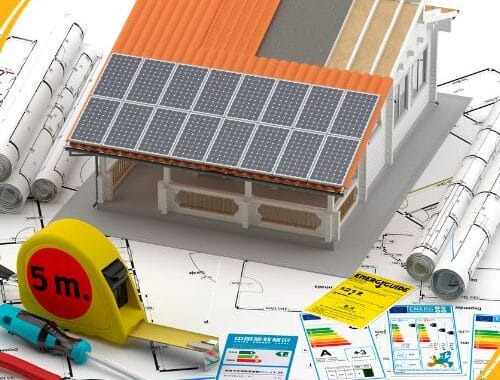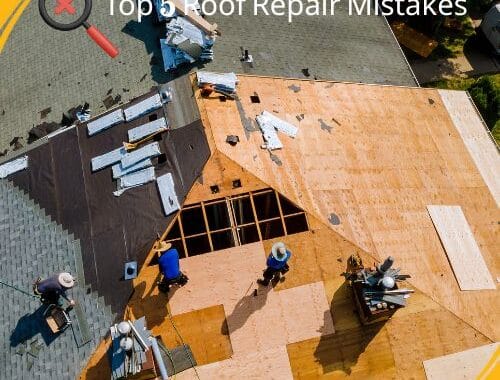Roof ventilation is a critical component of a well-functioning home, influencing everything from energy efficiency to the lifespan of roofing materials. A properly ventilated roof ensures consistent airflow, reducing heat buildup in the summer and preventing moisture accumulation in the winter. Homeowners who neglect proper ventilation may face increased energy bills, premature roof deterioration, and costly repairs. Understanding the role of roof ventilation and its impact on your home can help you make informed decisions and avoid unnecessary expenses.
The Role of Roof Ventilation in Energy Efficiency
A well-ventilated roof helps regulate indoor temperatures by allowing hot air to escape during warm months and preventing ice dams in colder seasons. Without adequate ventilation, heat can become trapped in the attic, forcing your air conditioning system to work harder, which increases energy consumption. Conversely, in winter, poor ventilation can lead to condensation buildup, which can weaken the roof structure and promote mold growth.
A properly installed ventilation system enhances airflow and minimizes temperature fluctuations, making it easier to maintain a comfortable indoor environment without excessive reliance on heating and cooling systems. This directly impacts Roof Repair Cost by reducing the likelihood of long-term damage caused by temperature-related stress on roofing materials.
Common Types of Roof Ventilation Systems
Different ventilation systems offer unique benefits, and choosing the right one depends on your home’s structure and climate. The most common types include:
- Ridge Vents: These vents run along the peak of the roof, allowing warm air to escape while drawing in cooler air from soffit vents. They provide continuous ventilation and are highly effective in preventing roof leak prevention issues caused by moisture buildup.
- Soffit Vents: Installed under the eaves of a roof, soffit vents enable fresh air to enter the attic, balancing the overall airflow.
- Gable Vents: Located on the exterior walls of the attic, gable vents provide cross-ventilation, promoting airflow from one side of the attic to the other.
- Powered Attic Fans: These fans actively remove hot air from the attic, improving ventilation efficiency, especially in regions with extreme temperatures.
- Turbine Vents: These wind-powered vents create a suction effect, pulling stale air out of the attic and replacing it with fresh air.
Each of these ventilation options plays a crucial role in extending the roofing material lifespan and improving overall energy efficiency.
Signs of Poor Roof Ventilation
Many homeowners overlook ventilation issues until they notice visible damage. Some common indicators of inadequate ventilation include:
- Excessive Heat in the Attic: If your attic feels significantly hotter than the rest of your home, poor ventilation is likely the culprit.
- Ice Dams in Winter: Ice dams form when trapped heat melts snow on the roof, causing water to refreeze near the eaves and leading to potential leaks.
- Mold and Mildew Growth: Moisture buildup due to poor ventilation fosters the growth of mold and mildew, which can affect indoor air quality and pose health risks.
- Peeling Paint or Warped Shingles: Trapped heat and moisture can cause exterior paint to bubble or shingles to curl, reducing the durability of the roofing materials.
- Higher Energy Bills: Poor airflow forces heating and cooling systems to work harder, increasing energy costs.
Benefits of Proper Roof Ventilation
Investing in proper ventilation offers numerous benefits, including:
- Extended Roof Lifespan: Proper ventilation reduces thermal stress on shingles and other roofing materials, extending their durability.
- Lower Energy Costs: By maintaining consistent attic temperatures, ventilation helps reduce the workload on heating and cooling systems, leading to lower utility bills.
- Prevention of Moisture Damage: Effective ventilation prevents condensation buildup, reducing the risk of rot, mold, and mildew.
- Improved Indoor Comfort: A well-ventilated home maintains stable temperatures, creating a more comfortable living environment.
Professional Roof Ventilation Installation
Ensuring proper ventilation requires expertise, and hiring a professional like Tactic Roofing can guarantee optimal results. Professionals assess your home’s specific needs, recommend suitable ventilation solutions, and install the system correctly. While upfront costs may vary, investing in quality ventilation prevents expensive roof repairs and enhances long-term energy efficiency.
Conclusion
Roof ventilation is a vital yet often overlooked aspect of home maintenance that directly impacts energy efficiency, roofing material lifespan, and roof repair cost. By understanding its significance and taking proactive steps to maintain proper airflow, homeowners can prevent costly damage, enhance indoor comfort, and reduce energy expenses. Whether you’re upgrading an existing ventilation system or installing a new one, working with experienced professionals ensures long-term protection and efficiency for your home. Prioritizing roof ventilation today can lead to substantial savings and improved home performance in the future.
